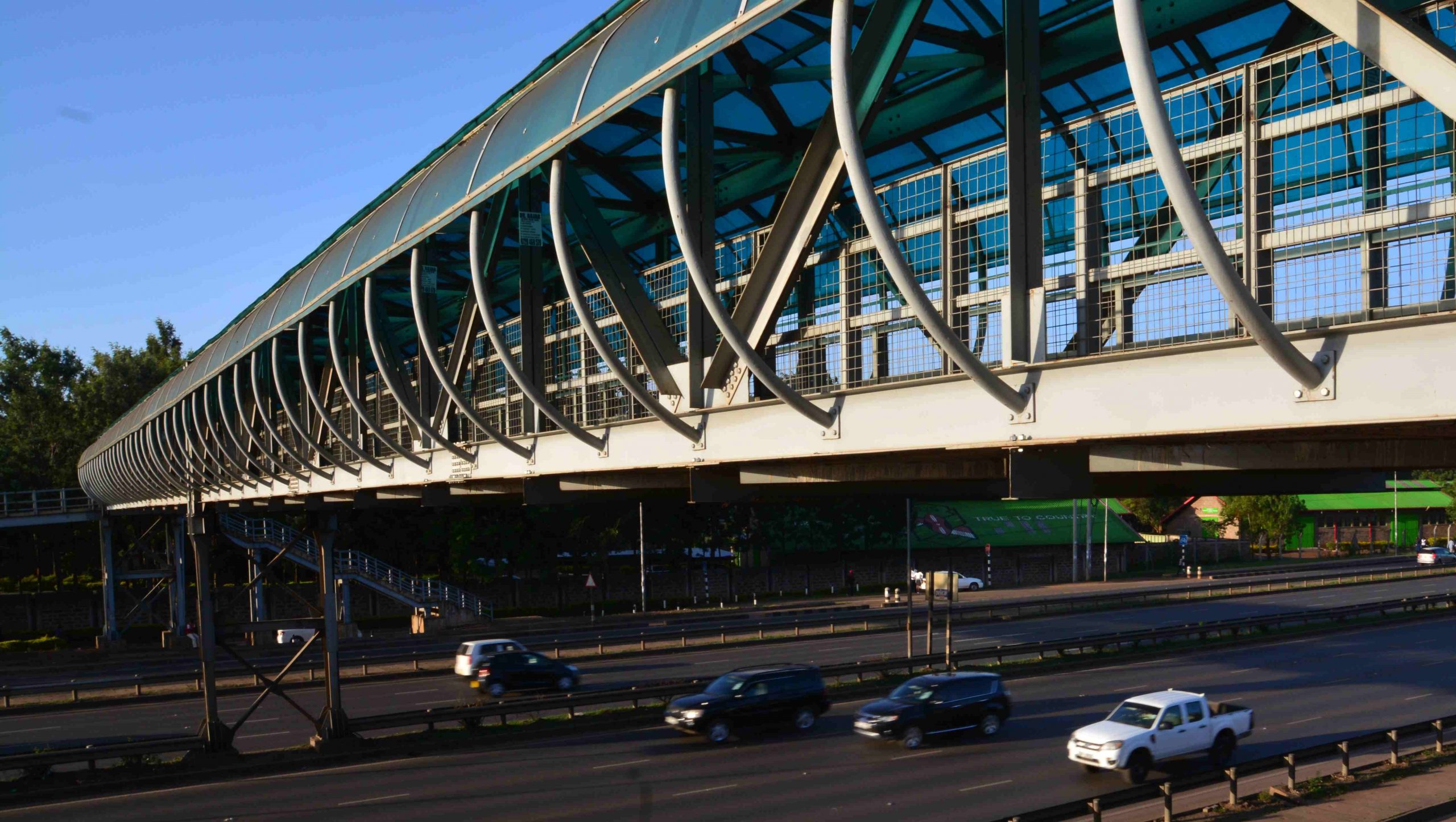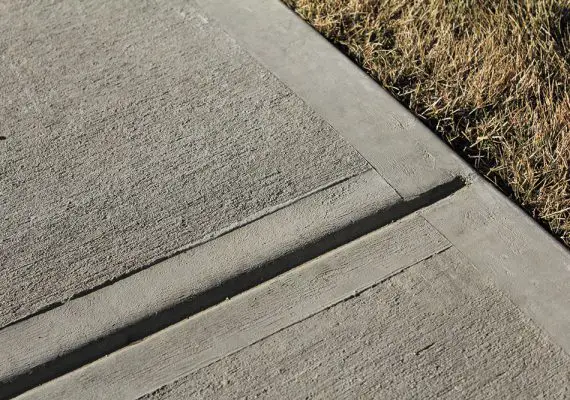Double Brick Wall Vs Single Brick Wall Pros And Cons
Double Brick Wall Vs Single Brick Wall Pros And Cons
Building materials play an essential role in construction, and choosing the right one can impact the overall structure’s longevity, aesthetics and cost. Two popular materials in the building industry are double brick and brick veneer. While they both have similarities, they differ sigdouble-brickedtheir construction and functionality.
Double brick walls are more durable than single brick veneers and offer better insulation, soundproofing, and thermal transmission.
They also require less maintenance than single brick veneers. However, double brick takes longer to build and can take up more floor space than other materials such as plasterboard or gypsum board. Additionally, renovation projects may be more complicated if double bricked walls need to be relocated.
Double brick and brick veneer are both types of brick construction, but the primary difference between the two is that double brick is part of the overall structural system, while brick veneer gives the appearance of a solid brick structure, but it does not provide structural support. Instead, the building is still built using timber or steel framing, but ‘faced’ with bricks.
Brick Veneer
Brick veneer is not composed of thin pieces of brick, as some people may believe. Properties that utilise brick veneer look almost identical to solid brick structures, except that they are built using different techniques.
Brick veneer offers sophisticated appeal paired with minimal maintenance requirements, making it a popular choice for many construction projects. However, before making a final decision regarding a new construction project or home purchase, it’s essential to consider a few things about brick veneer.
Brick Veneer Pros
One of the main advantages of brick veneer is that it allows you to reap many of the benefits associated with brick construction without the need to invest in double brick building projects. In terms of value, brick veneer is generally less costly compared to double brick.
The brick exterior allows the house to have a solid artistic look, and it is easy to make alterations and renovations to internal walls. The cavity between the veneer and frame makes adding insulation very easy as well.
Furthermore, brick veneer is a lightweight material, meaning that the foundation building and support systems aren’t subjected to heavy weights and don’t require extensive footing systems.
Brick Veneer Cons
However, brick veneer does have its downsides. It does not provide the best level of thermal transmission, and it can be quite noisy when touching internal walls.
Also, because timber bracing and framing are still extensively used in the building process, there is a higher chance of termite attack and other timber pests.
Double Brick
On the other hand, double brick construction consists of two panels of masonry, which can be made of clay bricks, cement bricks, and concrete blocks. The outer layer can be rendered masonry or face brick with no need to render.
Double Brick Pros
Double brick construction allows for solid construction that has little maintenance over time. It also offers durable structures in the event of a natural disaster, violent storm, or exposure to the elements over many years.
Excellent sound insulation is also guaranteed due to the thickness of the bricks, resulting in fewer noise complaints from room to room or house to house in medium to high-density developments. Furthermore, properties that are made of double brick are not prone to damage by timber pests, including termites.
Double Brick Cons
However, double brick construction can be significantly more expensive than other methods, as it involves material and labour cost. It might take a long time to build a double brick property, and it does not provide the flexibility to make variations in the design once you build it.
The double brick walls also occupy a lot of space and can crack over time, resulting in costly maintenance. Home extensions and remodeling projects can be a bit more complicated due to the nature of double brick construction.
In summary, both double brick and brick veneer have their advantages and disadvantages. The choice of material depends on various factors such as cost, design, location, and maintenance requirements. Double brick construction offers excellent durability, sound insulation and is resistant to timber pests, but is more expensive and less flexible.
Brick veneer, on the other hand, provides a similar look to double brick at a lower cost, but with lower thermal transmission and greater susceptibility to termite damage.


